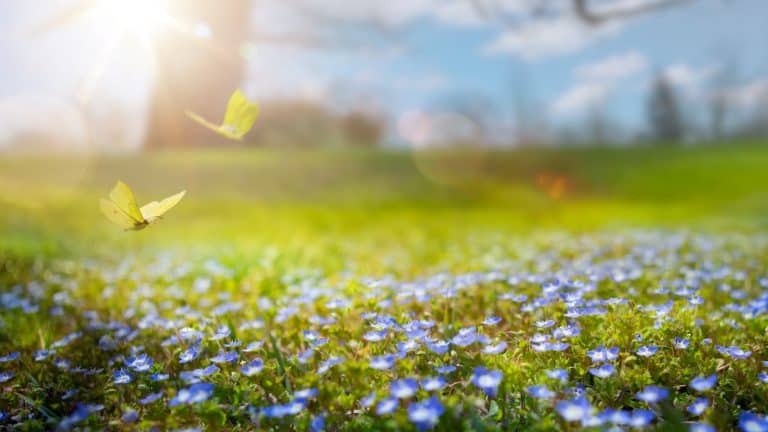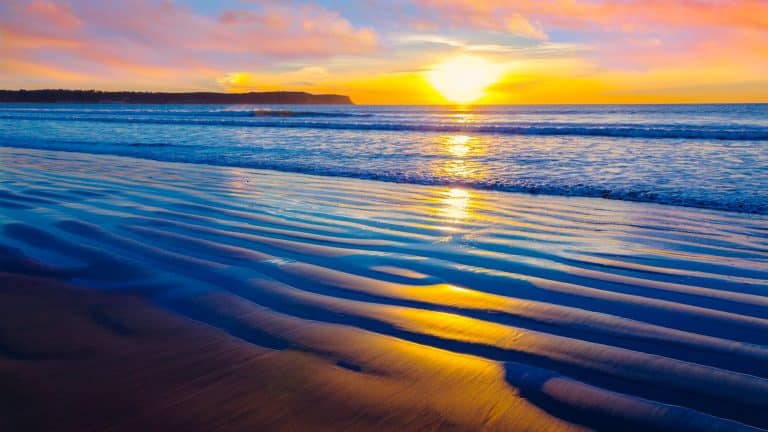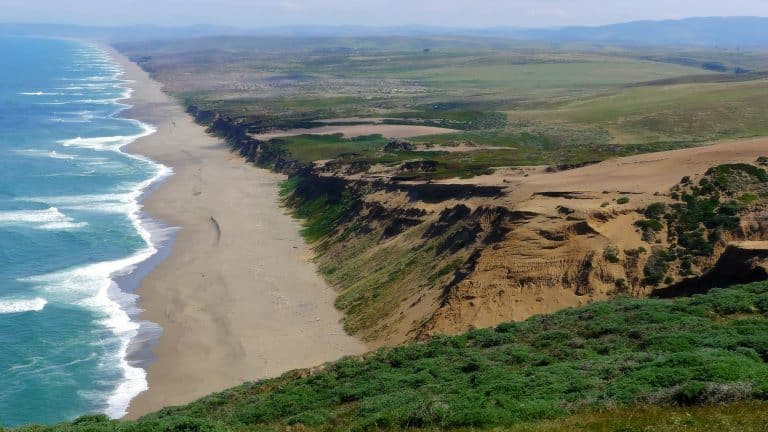Discover Parks & Wildlife contains affiliate links and is a member of the Amazon Services LLC Associates Program. If you make a purchase using one of the Amazon links, we may receive compensation at no extra cost to you. We may also use select AI tools to support our creative process, but all content is reviewed, refined, and finalized by our human team. See our disclosure policy and our AI use policy for more information.
14 Fun Facts About The Channel Islands You Never Knew
Feeling adventurous or just tired of staring at the same four walls, wondering if your houseplants judge you for not watering them? Then perhaps it’s time to explore. And there’s a certain charm to places that combine wild beauty with history so rich it might just whisper secrets to you on the salty breeze.
From windswept cliffs to stories of pirates (they may or may not have been organized), the Channel Islands offer more than a chance to work on that awkward, patchy tan.
Fancy yourself a nature lover? History buff? Or just someone who enjoys pretending they’re in a dramatic movie scene while gazing at the ocean? Then this island is just perfect for you. Let’s take a look.
California’s Galapagos
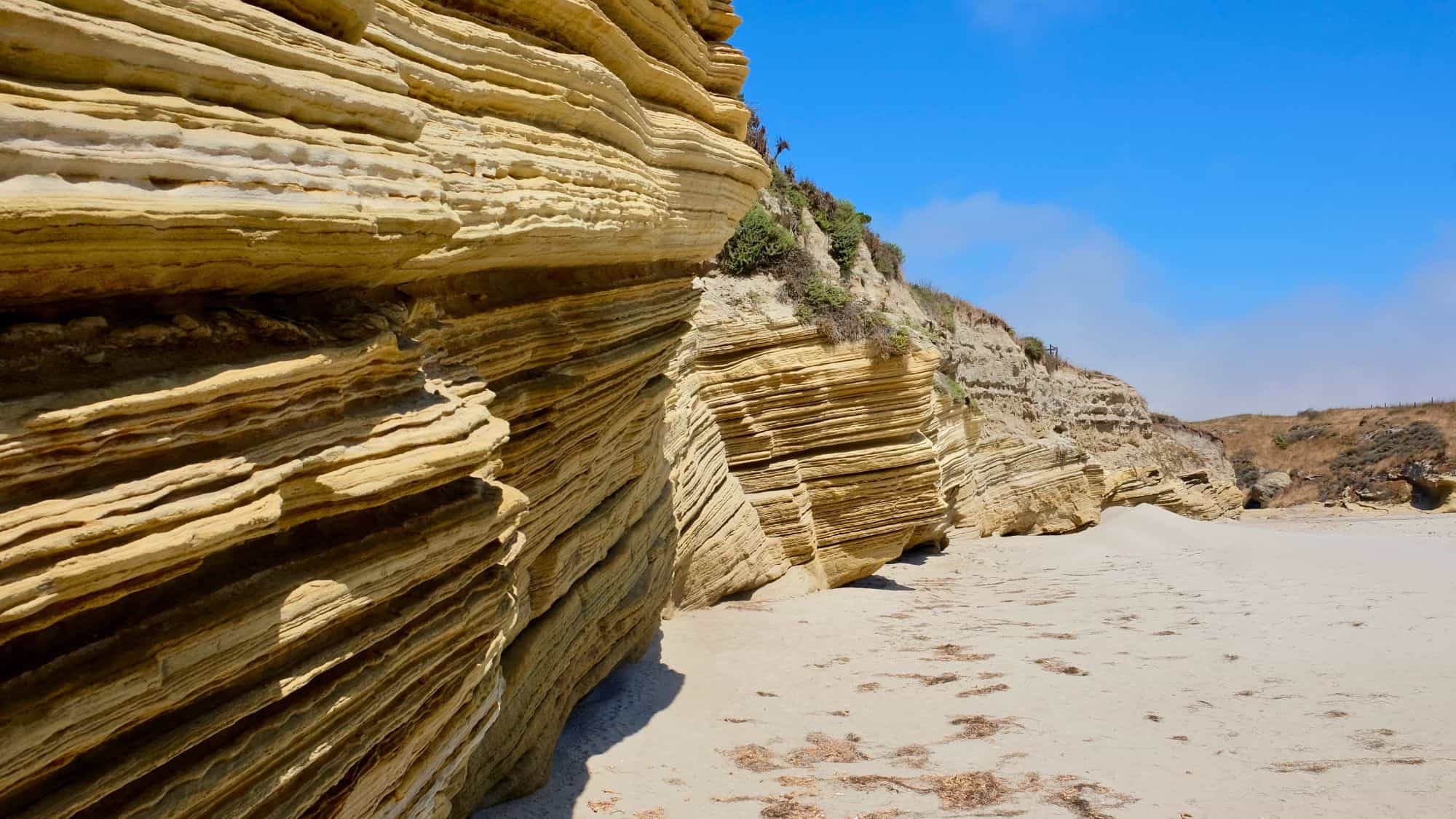
Ever hear of the Channel Islands? No, not the tax-haven ones; you’ll find no shady banking here unless squirrels are hoarding acorns offshore. They’re often called the “Galapagos of North America,” and for good reason.
These islands are bursting with wildlife so unique it’s like nature decided to experiment with her wildest ideas. Think species you won’t spot anywhere else, from adorable island foxes to the downright prehistoric-looking plants. The isolation of these islands over millennia allowed nature to thrive without the human chaos until now (thanks, ferries).
Island Fox Comeback
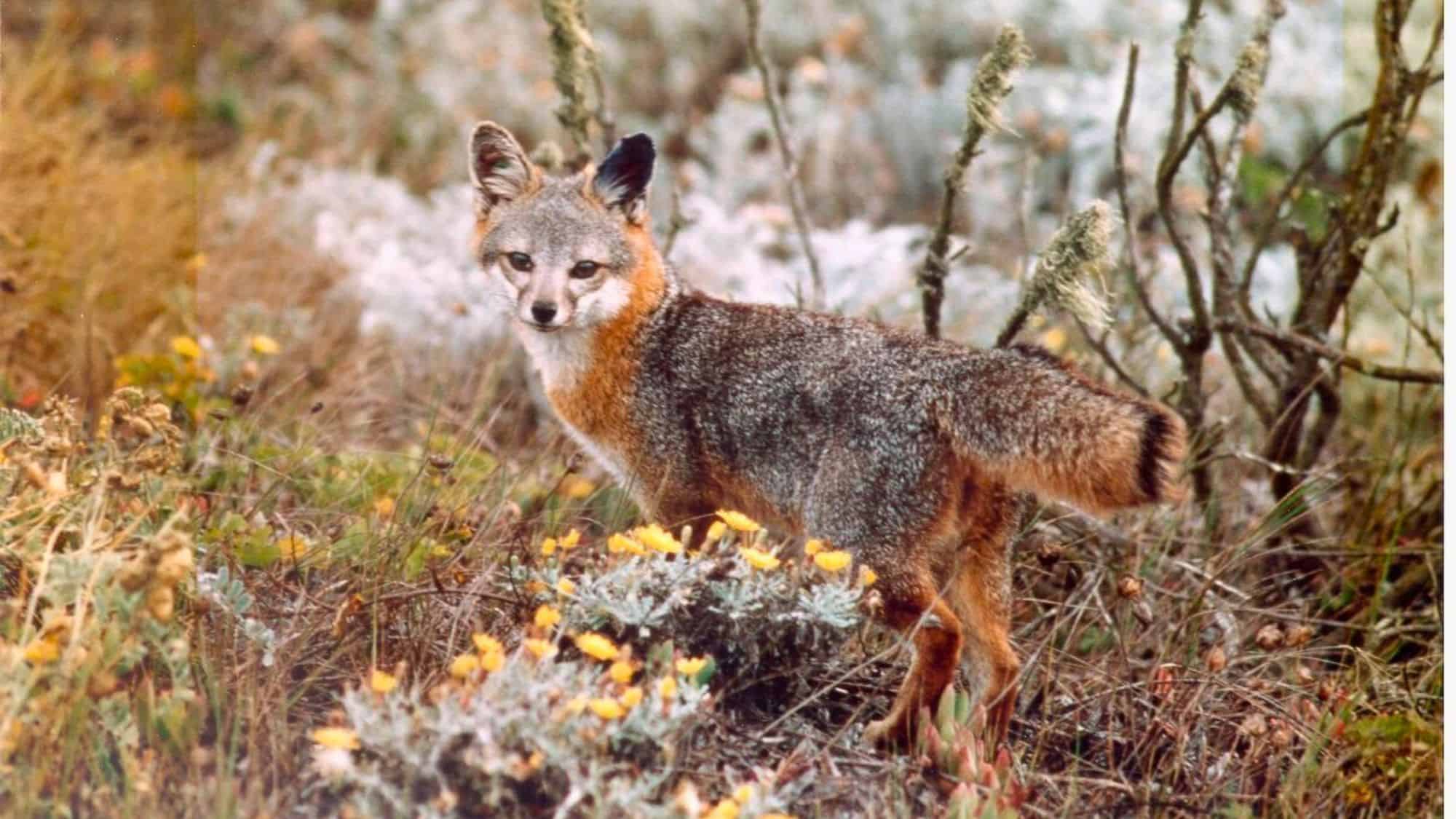
Meet the original comeback kid, the island fox. Back in the 1990s, there were fewer of these furry critters left than people at a bad karaoke night. Everyone thought it was curtains for this pint-sized predator. Enter an extraordinary conservation effort: predator control, captive breeding, and basically rolling out the plushest red carpet in the wildlife world.
The foxes not only rebounded, they strutted out with one of the fastest recoveries in endangered species history. Spotting one now is like seeing a tiny celebrity who actually deserves the fame.
No Cars, No Crowds
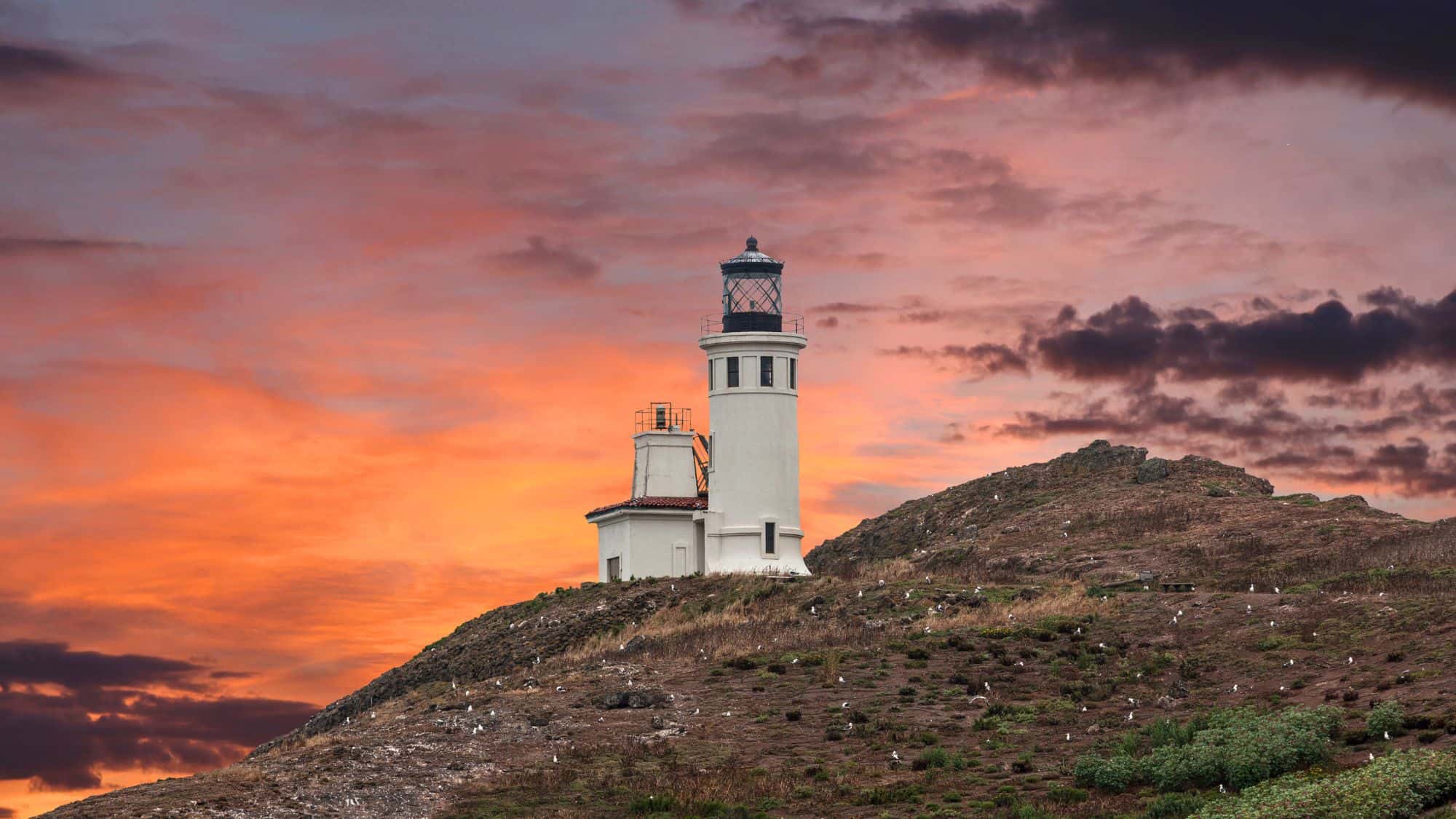
Brace yourself, on this island you will find no cars, no streets, not even a pop-up coffee shop! On the Channel Islands, it’s just you, raw wilderness, and maybe a perplexed-looking gull. Forget rush hour; it’s more like rush deer.
No crowds mean it feels like the world revolves around you for a day, which we all secretly think it should. Hiking along unspoiled cliffs and beaches? Bliss. This isn’t the backdrop for your hurried urban life; it’s an unplugged retreat where the loudest noise is your snack bag crinkling.
One Of The Least-Visited National Parks
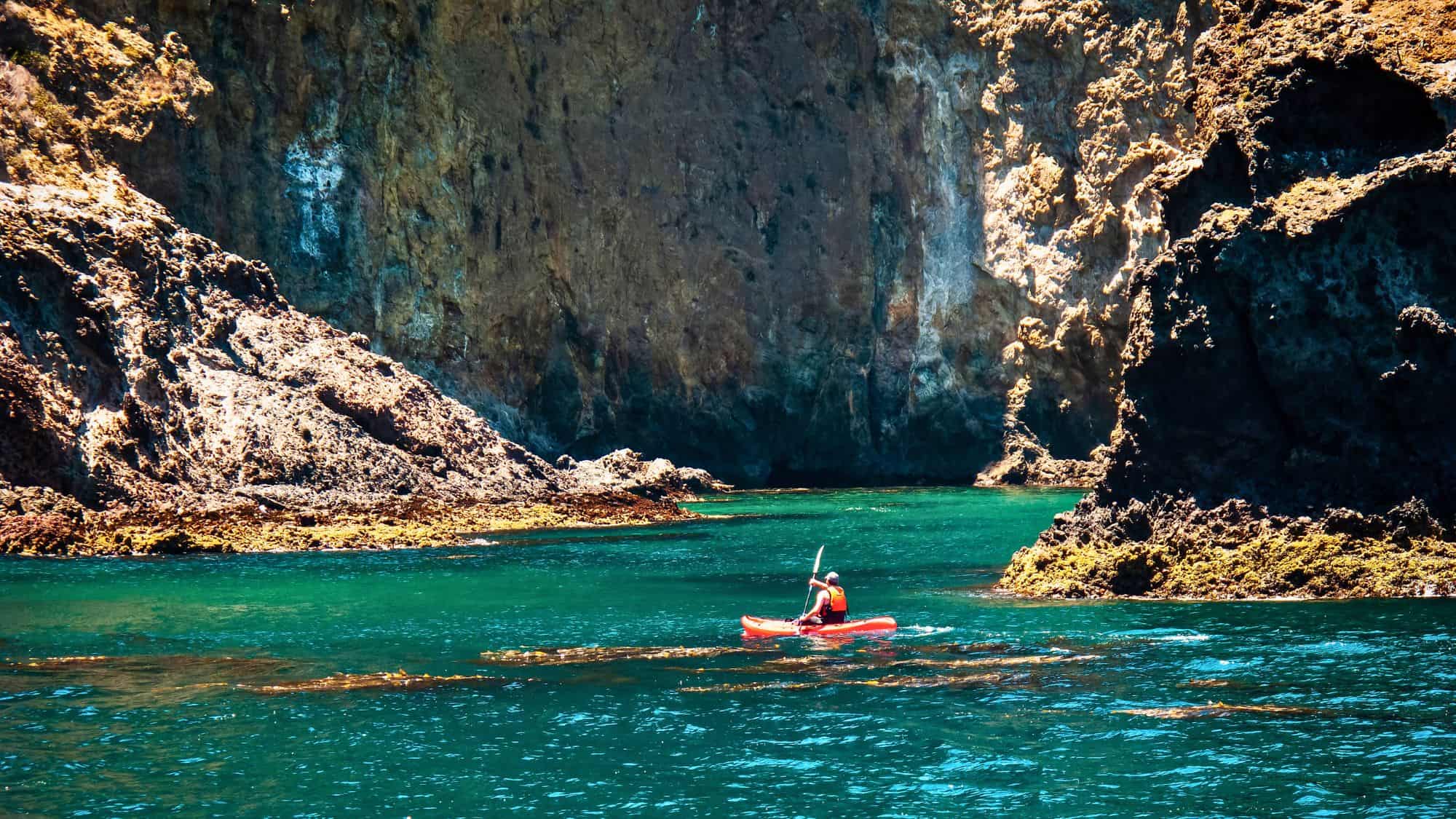
Can you believe this place is less popular than airport food on a five-hour delay? Despite sitting a hop, skip, and boat ride from Los Angeles, the Channel Islands draw only a fraction of the crowds that other parks do.
But less foot traffic means more uninterrupted moments with nature. Not to mention the ability to snap photos without someone’s selfie stick invading the frame.
Home To The World’s Largest Sea Cave
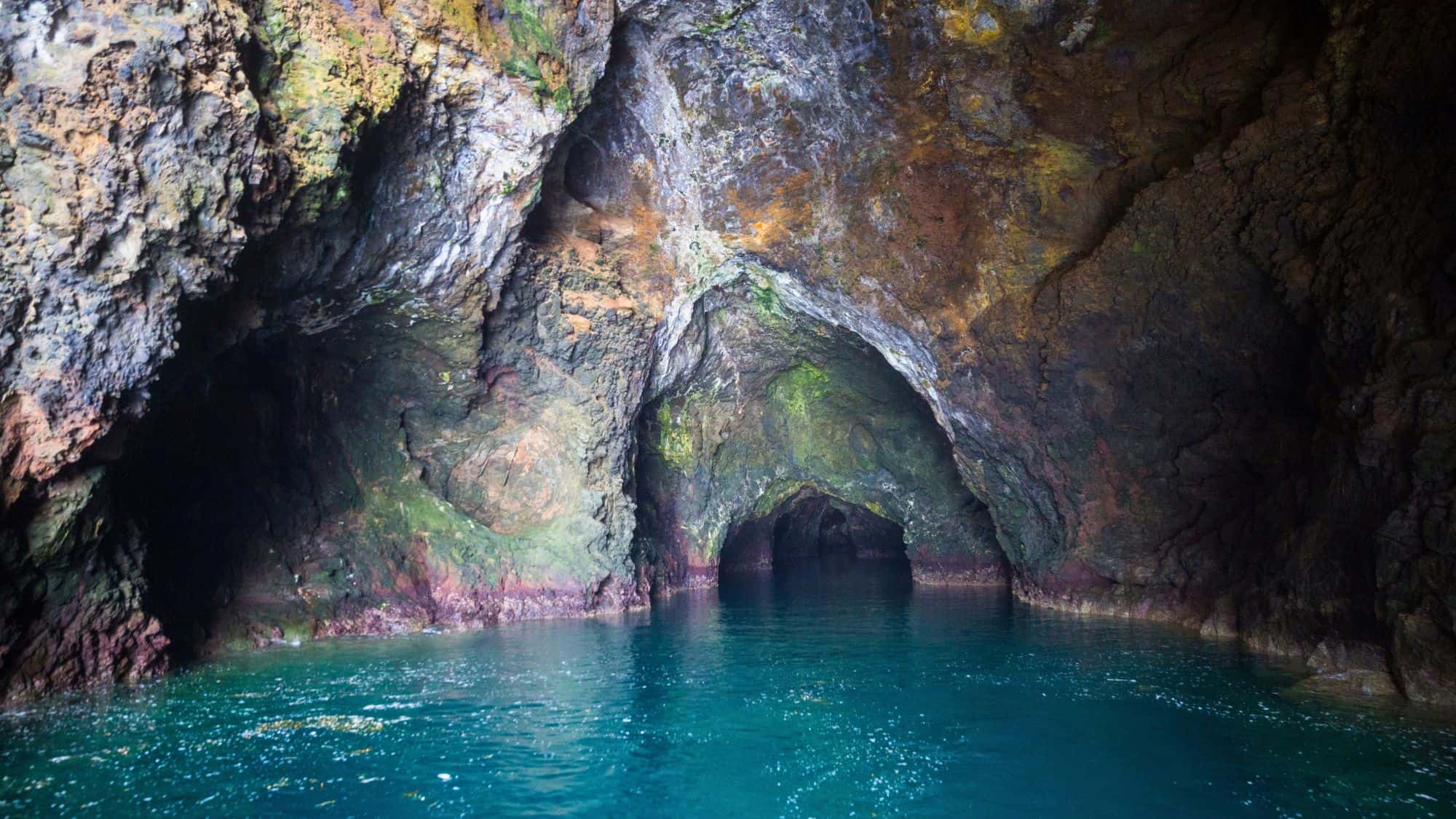
Who knew you’d find an architectural wonder carved by water and time? Painted Cave, snug on Santa Cruz Island, isn’t your average sea cave. Instead, it reminds me of a natural cathedral. At 1,227 feet long, it’s so massive you half-expect Poseidon’s throne inside.
Entry feels like slipping into another world, with echoes and the occasional seal bark for ambiance. And remember to check out the colorful walls. Those algae and minerals? They’re nature’s graffiti artists working overtime.
Ancient Human History
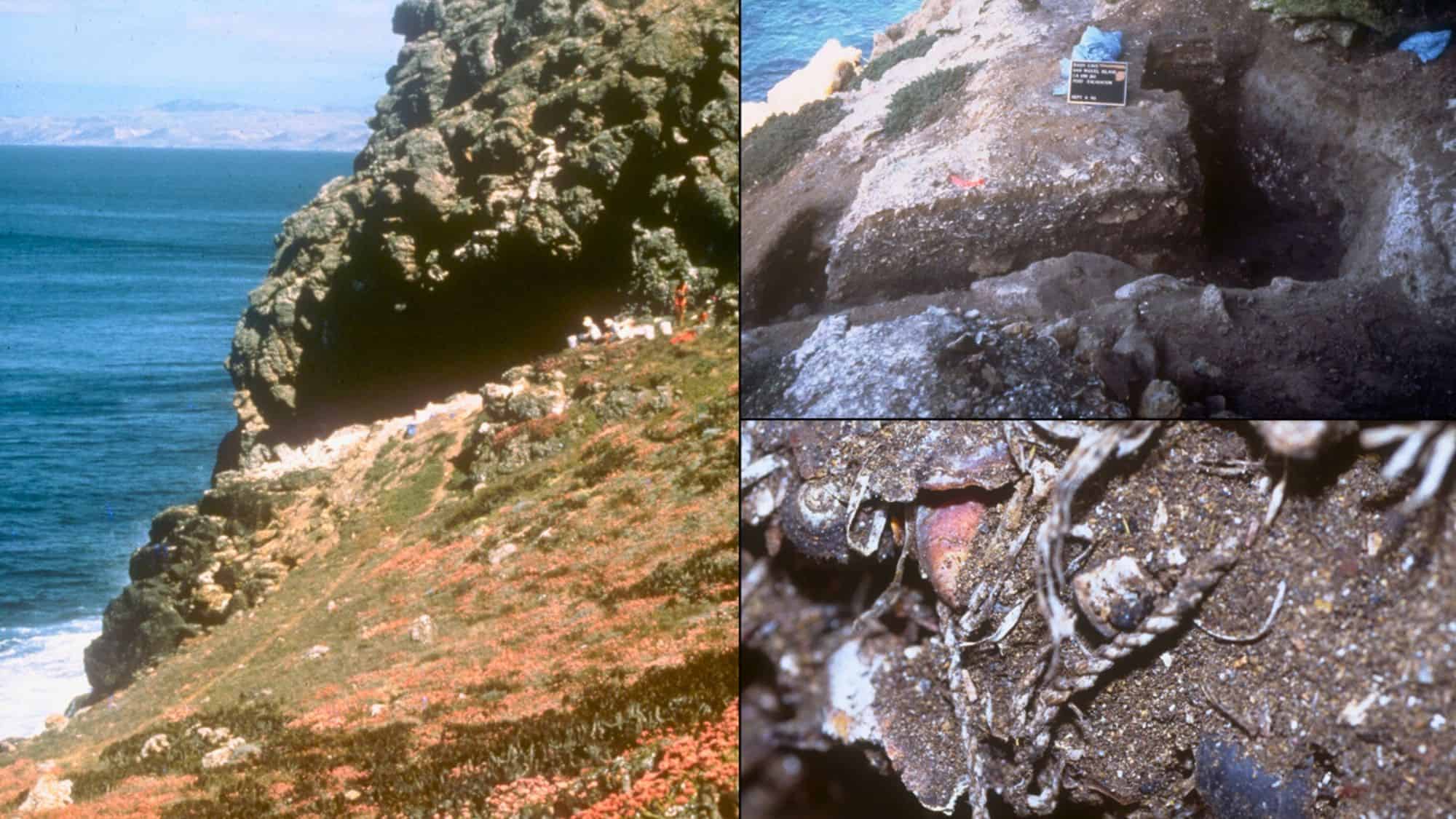
Move over European castles, the Chumash people were here creating civilizations on these islands over 13,000 years ago, well before anyone thought to plant a flag. And these resourceful souls thrived off the land and sea, crafting tools and trading with mainlanders before shipping logistics were even a thing.
Standing on these historic islands now, you can almost hear the faint rhythms of their ancient lives. The Chumash knew how to live and thrive minimally. Not an Amazon package or wi-fi router in sight.
Pygmy Mammoths Roamed Here

If you think elephants evolved for the circus, hold onto your hat. Channel Islands were once home to pygmy mammoths (a downsized version of their mainland cousins). Why so tiny? With limited resources, these massive beasts shrank to fit their environment, proving nature can be both practical and adorable.
Imagine seeing a mammoth that could probably just about fit in your garage. Their fossils are scattered across the islands, a quirky reminder that even giants sometimes need to go on a diet.
Only Place To See A Torrey Pine Forest
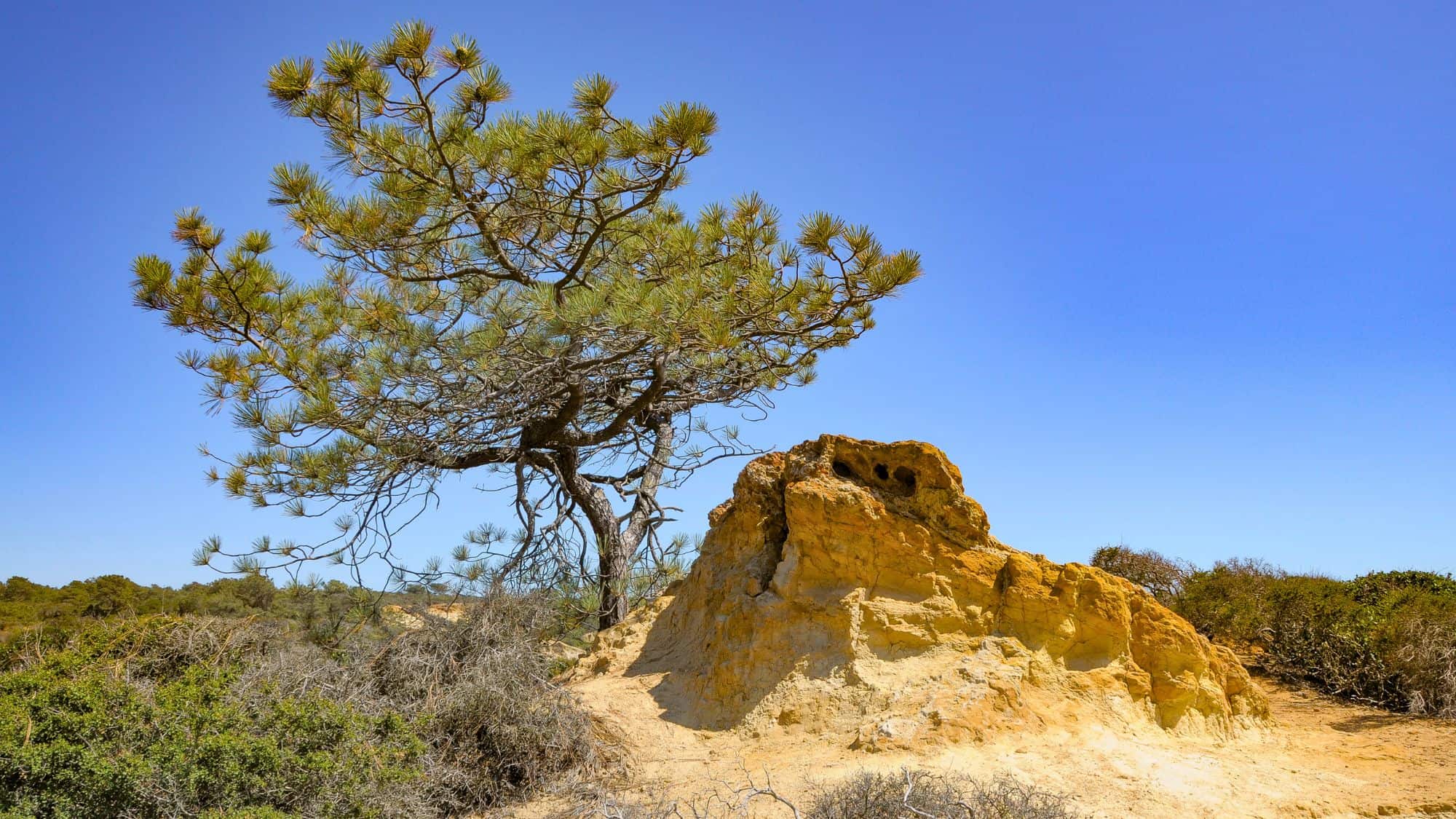
Torrey pines are the VIPs of the tree world: exclusive, rare, and a little picky about where they live. You’ll only find these diva pines hanging out in two spots on Earth: the Channel Islands and a small patch near San Diego.
Out here, they thrive in solitude, sculpted by salty breezes and unbothered by the mainland hustle. Their gnarled trunks and windswept branches make them look like they’ve seen things (because they have… thousands of years of coastal drama).
Spectacular Kelp Forests
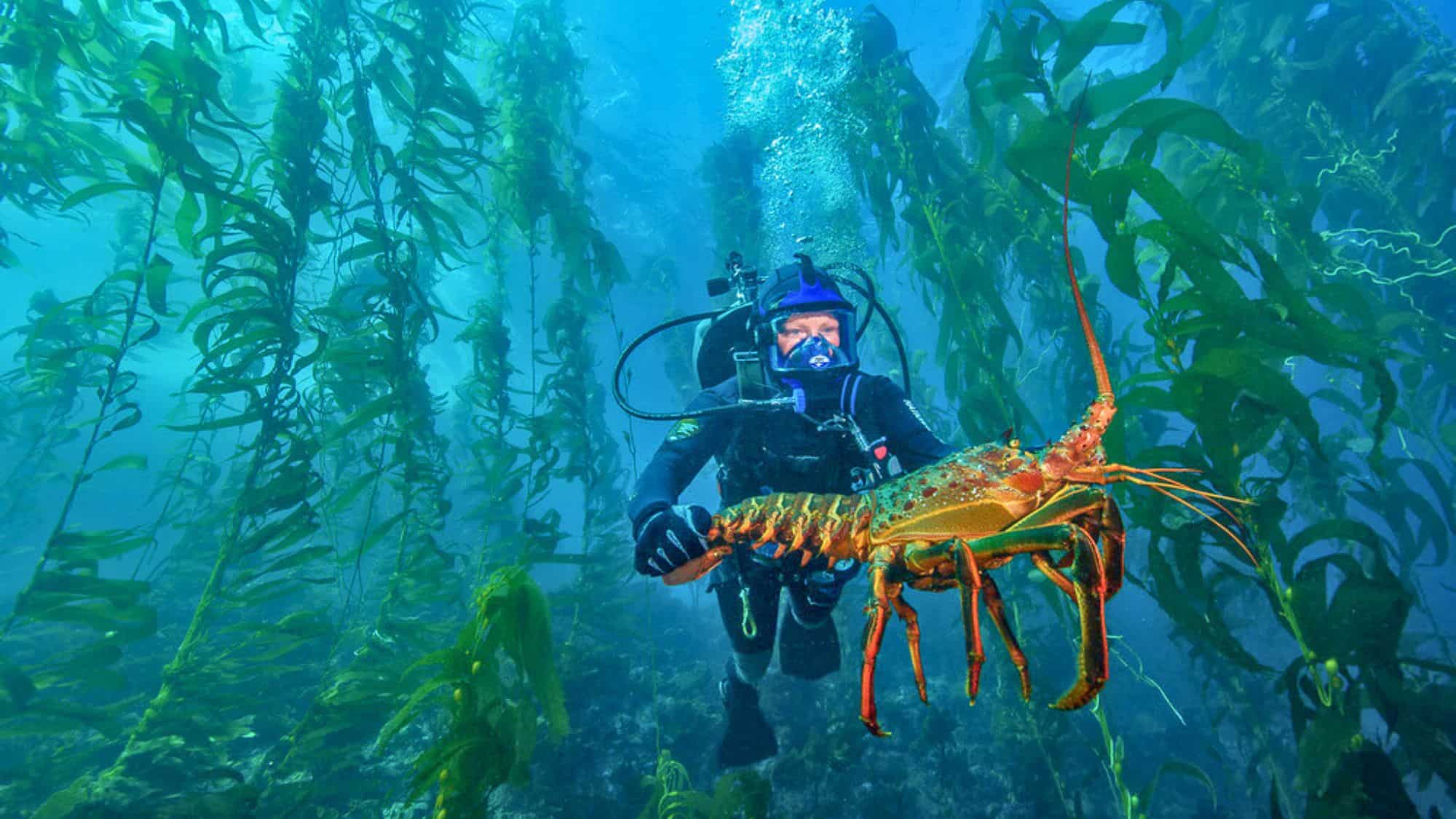
Forget ordinary forests; underwater is where the magic happens. The kelp forests around the Channel Islands are an aquatic wonderland stretching like a green, swaying metropolis beneath the waves. These towering algae skyscrapers play landlord to fish, sea otters, and even the occasional passing shark.
Divers and snorkelers flock here just to glide through this surreal submarine jungle, where sunlight filters down like disco lights. It’s a dazzling, peaceful escape as long as you don’t mind sharing the dance floor with a curious Garibaldi fish or two.
Inspiration Point Is A Photographer’s Dream
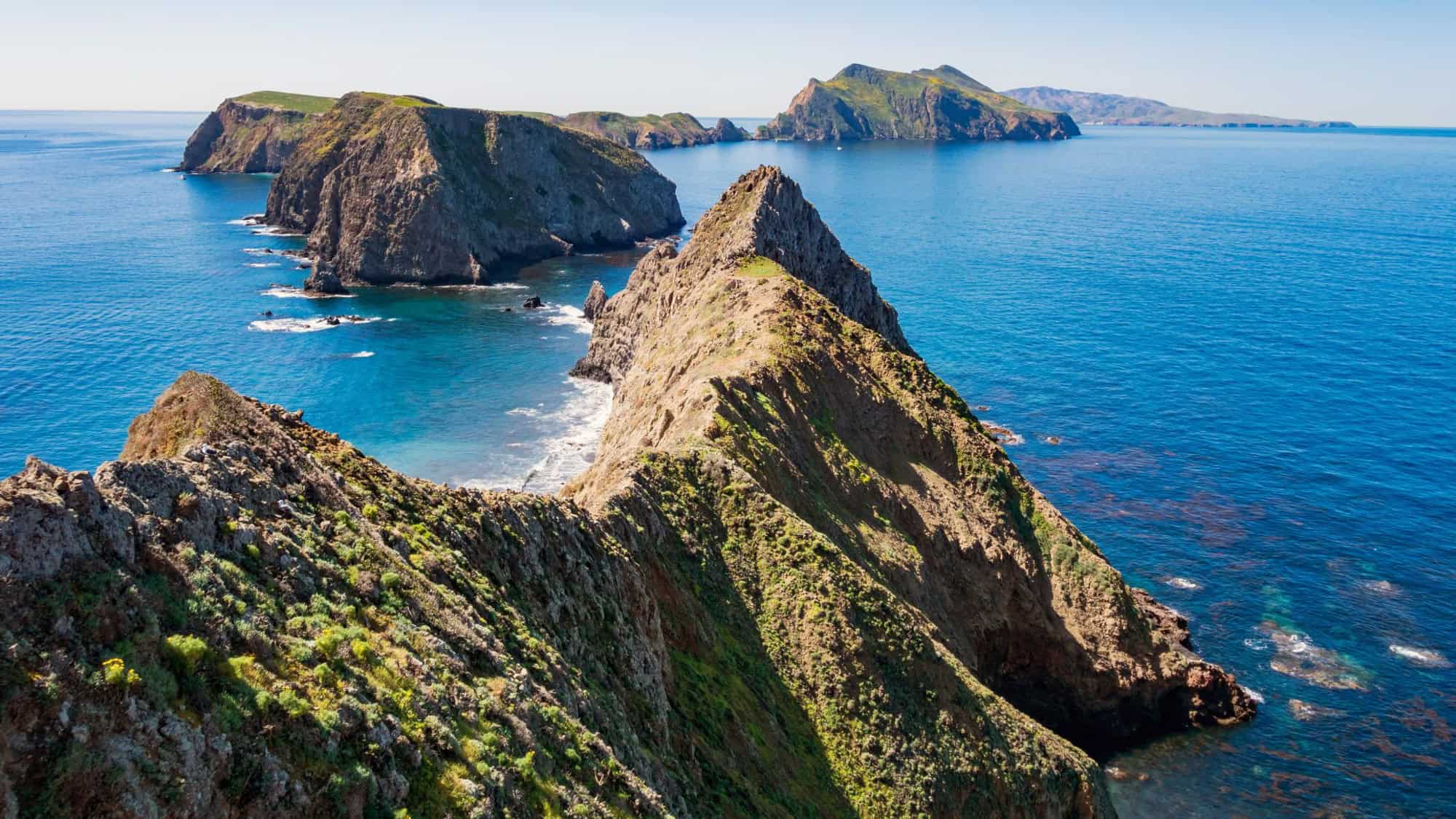
If you’ve got a soft spot for landscapes that could double as desktop wallpapers, meet Inspiration Point on Anacapa Island. This vantage point isn’t just scenic; it’s the kind of view that makes you regret not owning a better camera.
Rolling hills, jagged cliffs, and the endless Pacific Ocean stretching out, it’s all so picture-perfect it almost feels staged. And the best part? The silence. It’s broken only by the soundtrack of crashing waves and gulls.
It’s A Whale-Watching Hotspot
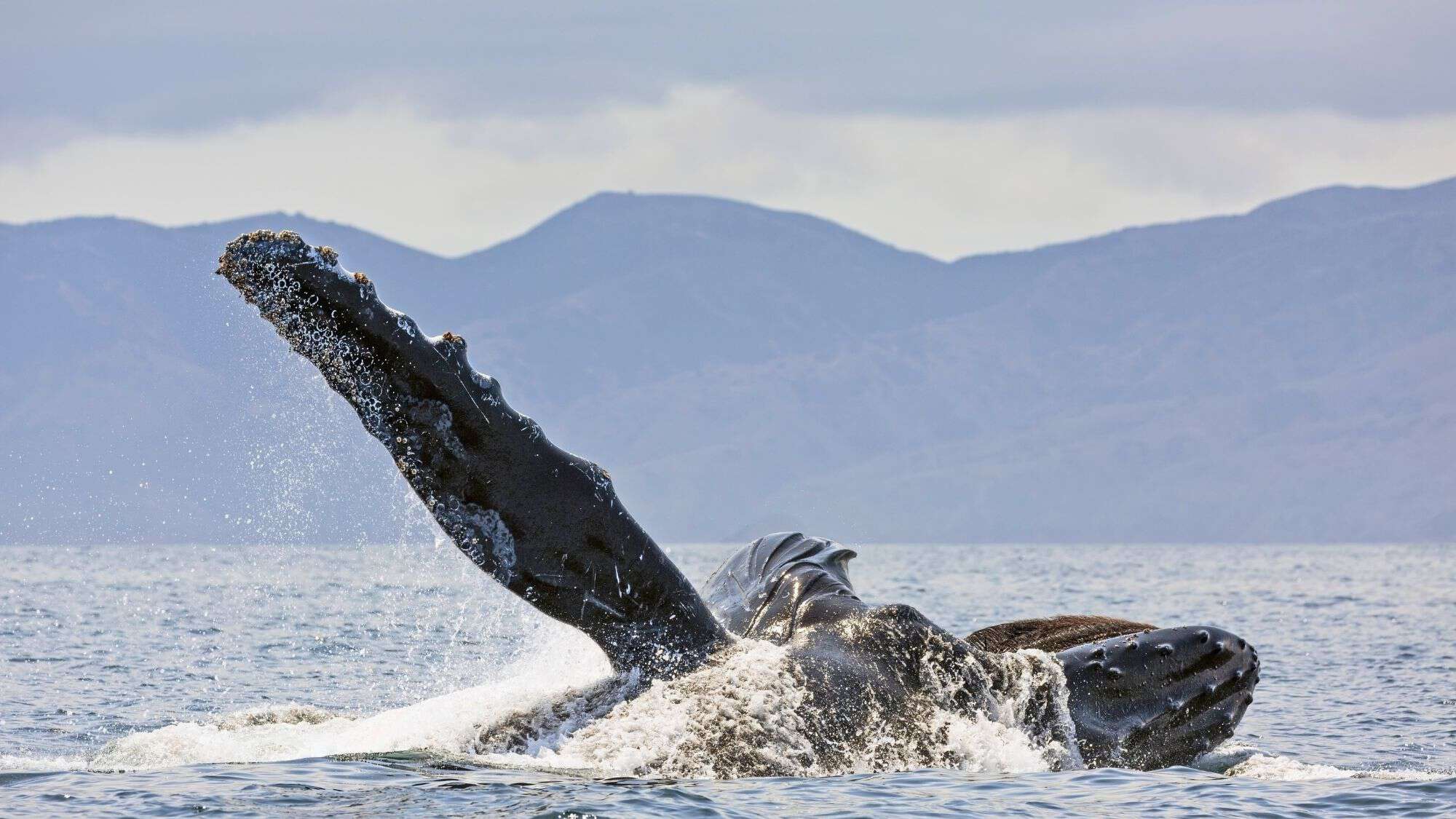
The waters around the Channel Islands are a six-lane superhighway for migrating whales, complete with appearances by blue whales (the largest animal on Earth). And no, they don’t care about your five-second social video; they’re too busy defying physics.
Whale watching here is an all-senses experience. First, you’ll squint at the ocean’s surface like it owes you money. Then, out of nowhere, a plume of water, a massive fin, and a tail flip worthy of a standing ovation. It’s humbling, awe-inspiring, and a little ironic that the biggest mammals thrive where humans can’t touch.
Its Waters Are A National Marine Sanctuary
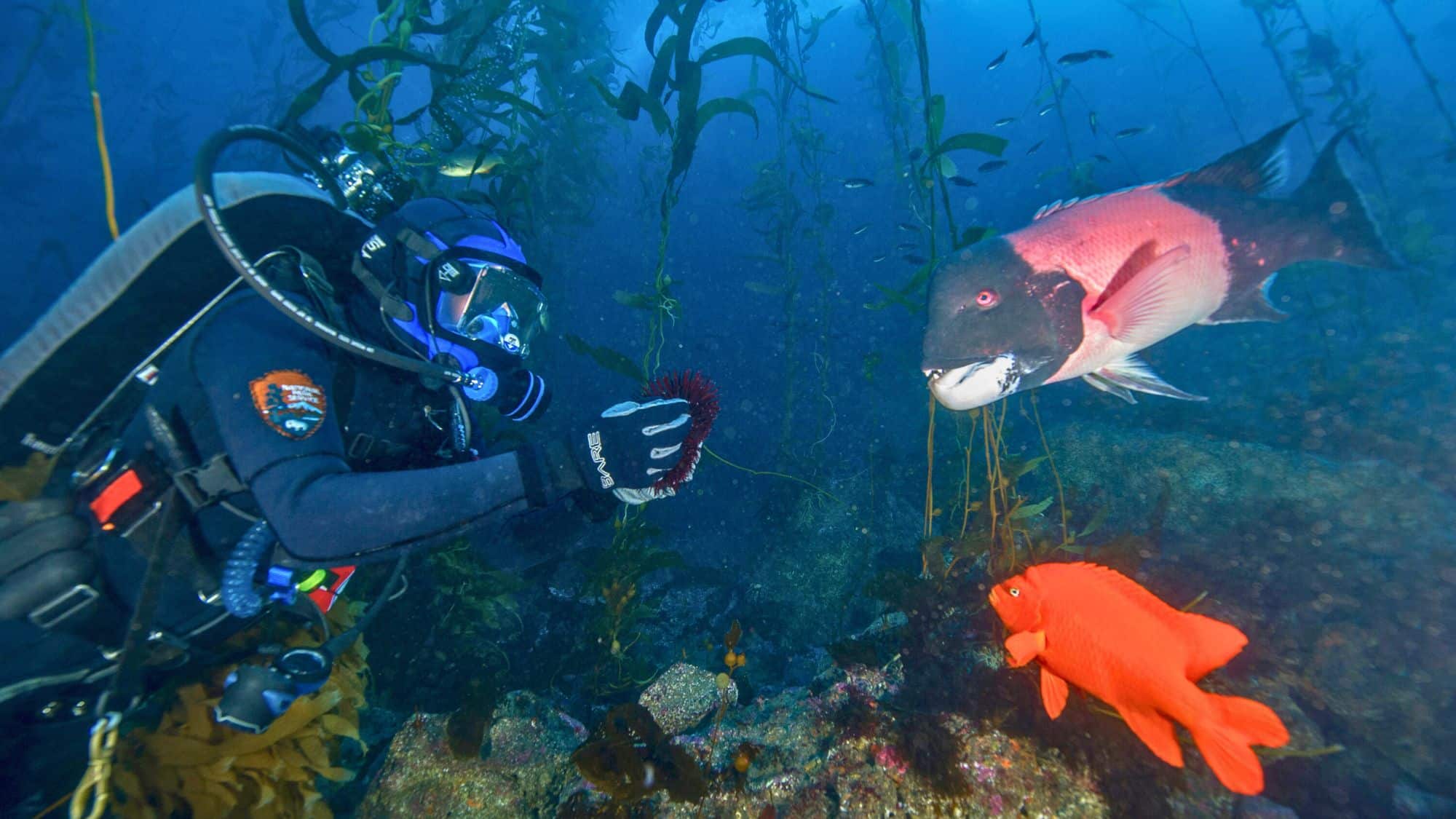
Swimming, snorkeling, and scuba-diving in the Channel Islands isn’t just fun; it’s like paddling through the Louvre (if the Louvre were underwater and full of fish). The Channel Islands National Marine Sanctuary protects over 1,470 square miles of ocean, ensuring its vibrant marine life (and countless Nemo lookalikes) stick around for the long haul.
From sea caves to coral reefs, these waters serve up biodiversity on a silver platter. Think of it as the ocean giving humans backstage passes, provided we don’t trash the place.
No Snakes Live On The Islands
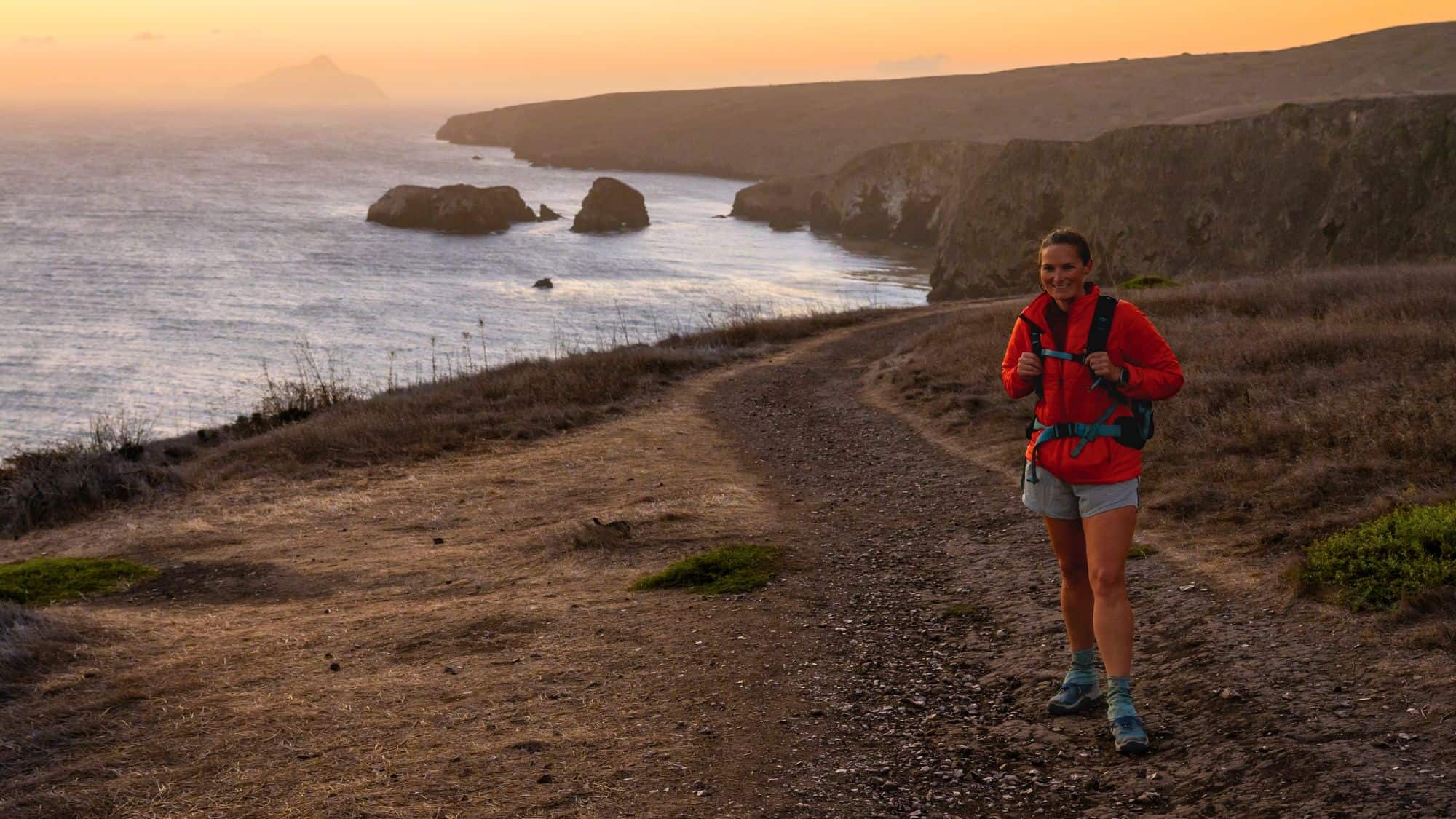
Here’s a bonus for herpetophobes (snake haters, if you were wondering): the Channel Islands are blissfully snake-free. Not a slitherer, not a hiss, not even a rubber snake left behind as a prank. It’s an anomaly on this snake-filled planet, and honestly, kind of a relief.
While mainland hikers worry about unwanted encounters, you can step through island trails carefree, without mentally prepping for an Indiana Jones moment. It’s just you, the path, and maybe a lizard giving you the stink eye.
Gigantism Observed In The Island Scrub Jay
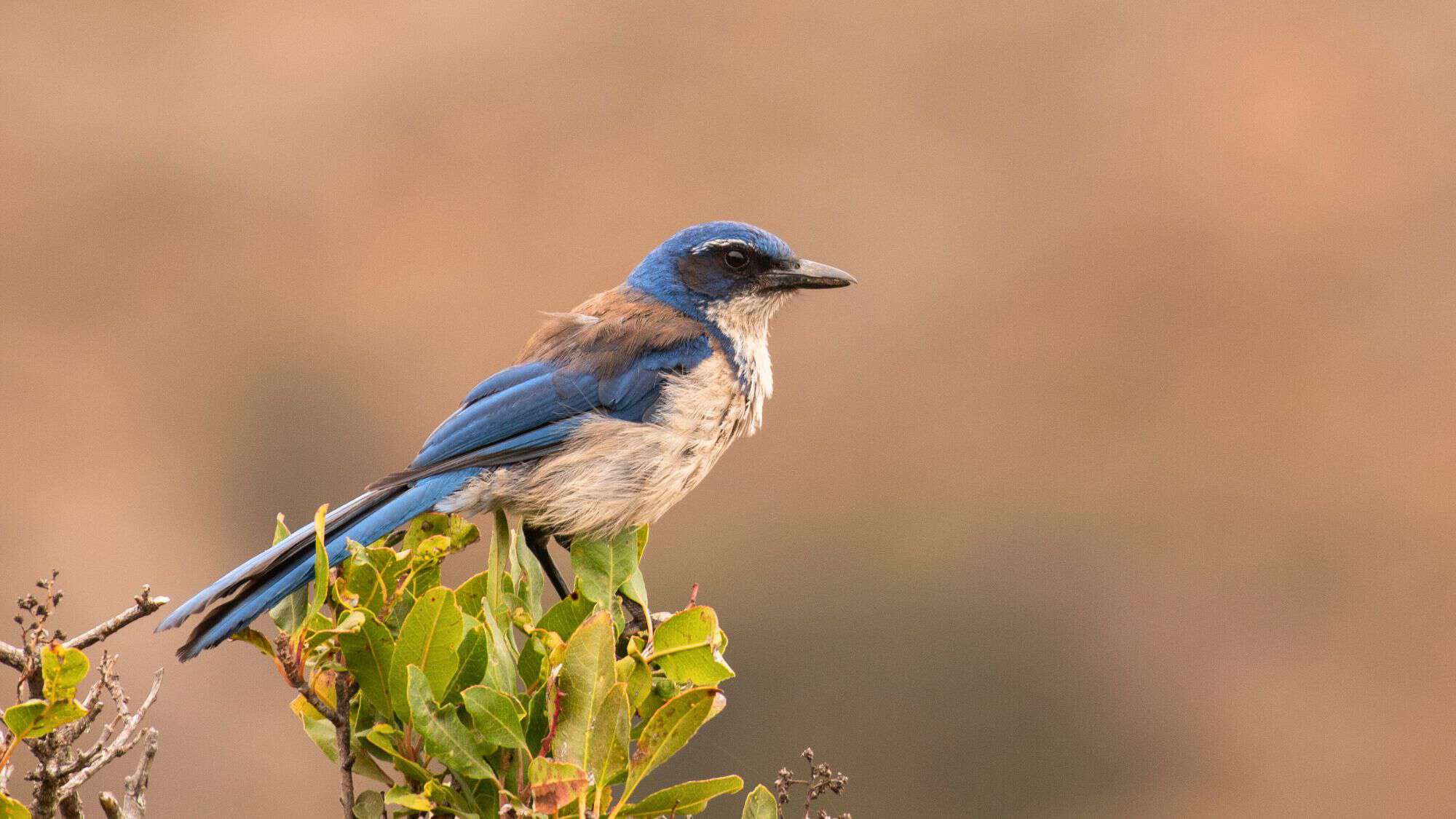
Meet the island scrub jay, the avian realm’s closest thing to a heavyweight champion. Found exclusively on Santa Cruz Island, this blue-feathered wonder is essentially a poster child for “island gigantism.” Turns out, sometimes being stuck on an island means “go big or go home,” right?
Compared to its mainland cousins, this bird is larger, louder, and, frankly, way more dramatic. Why evolve into a larger version of itself? Well, with fewer predators and more snacks lying around than at an all-you-can-eat buffet, it’s no mystery, it’s just nature saying, “Treat yourself!”
Like Our Content? Follow Us on MSN (or click the Follow Button above) for more from Discover Parks & Wildlife.
11 Intense National Park Hikes That Will Have You Questioning Your Choices
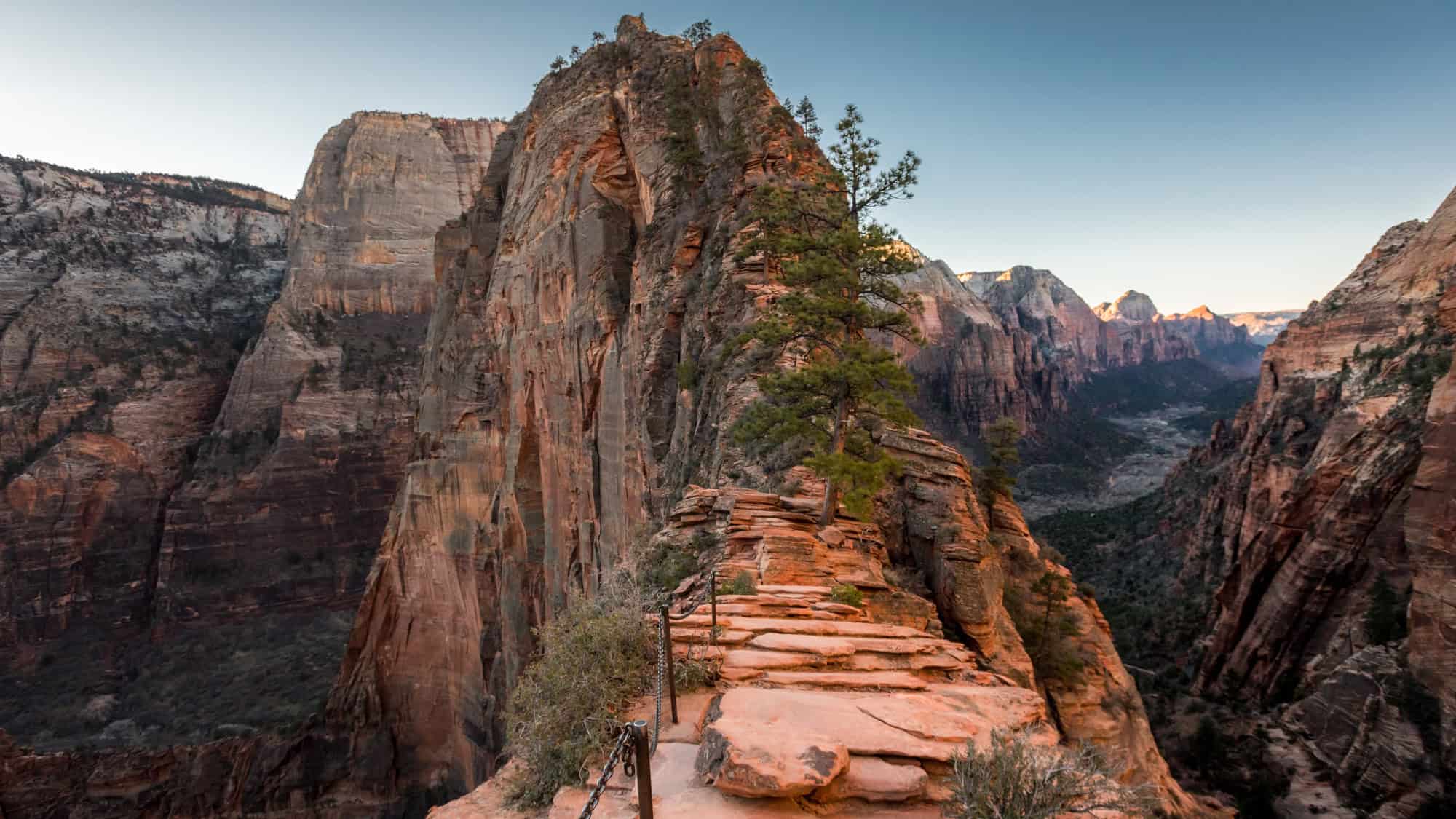
You might want to grab a sturdy pair of boots and maybe a life coach before checking out those intense national park hikes that will absolutely have you questioning every life decision that led you to this exact moment.
14 Popular Parks To Skip and Instead Find Solitude in These Stunning Alternatives
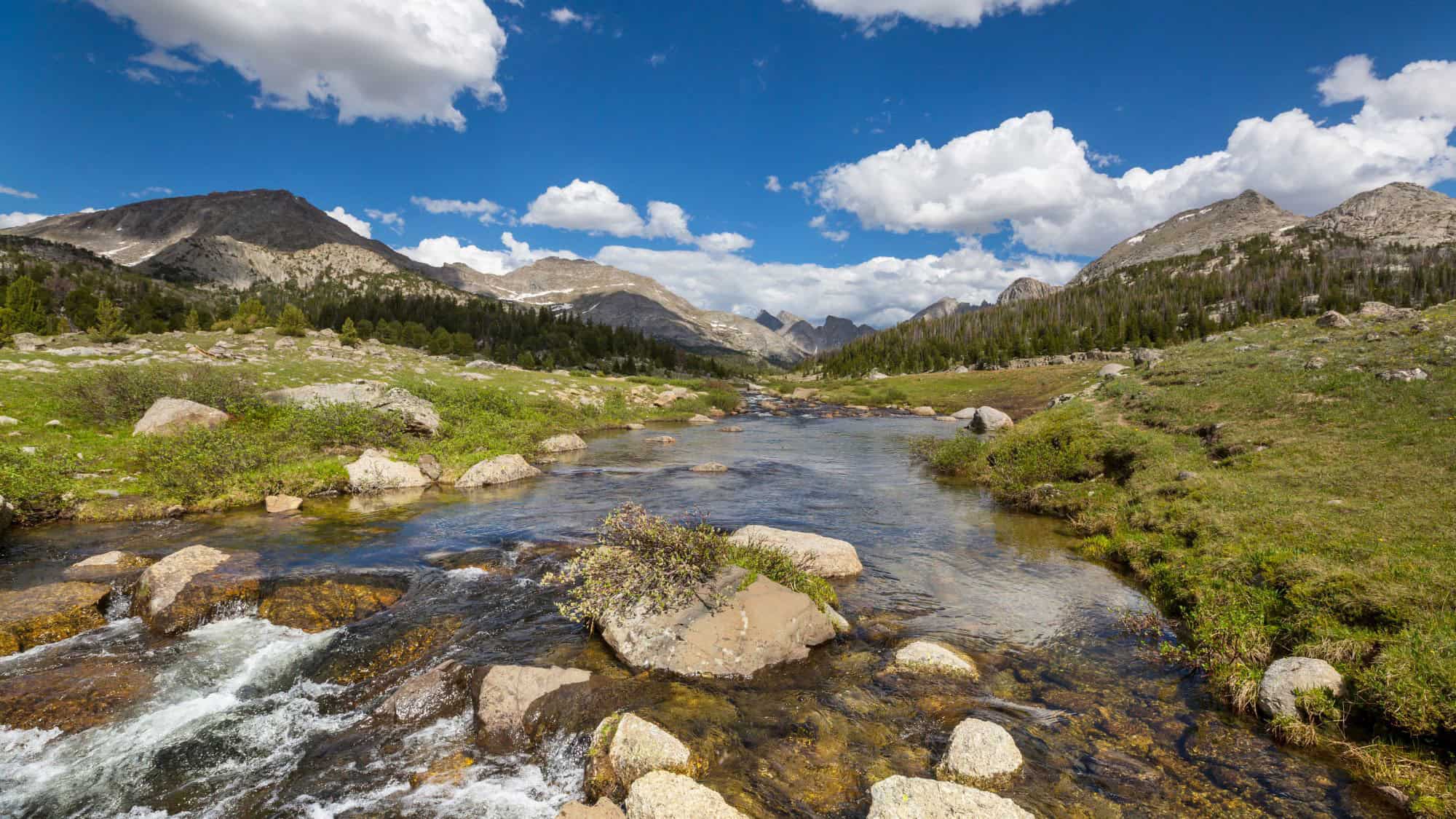
If following the crowd isn’t your style, ditch the chaos of popular parks and discover similar locations where serenity truly reigns supreme.
11 Stupidly Illegal Things That Got Tourists Arrested In National Parks

You think you’ve heard it all? Wait until you read about the bizarre things people have done to get themselves arrested in national parks. Seriously, you can’t make this stuff up.


